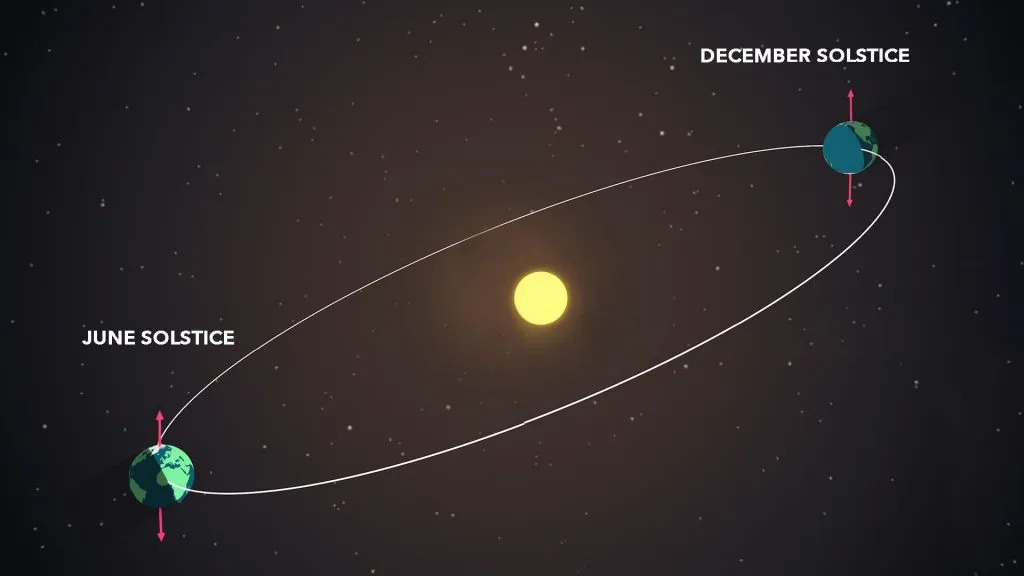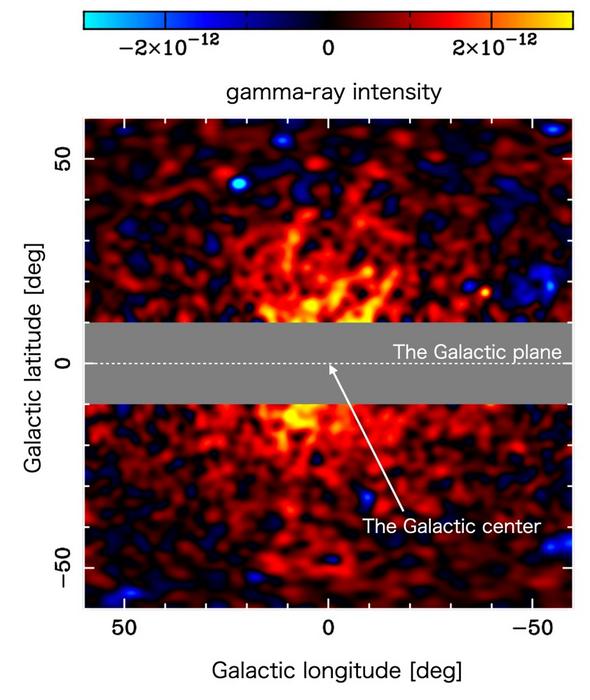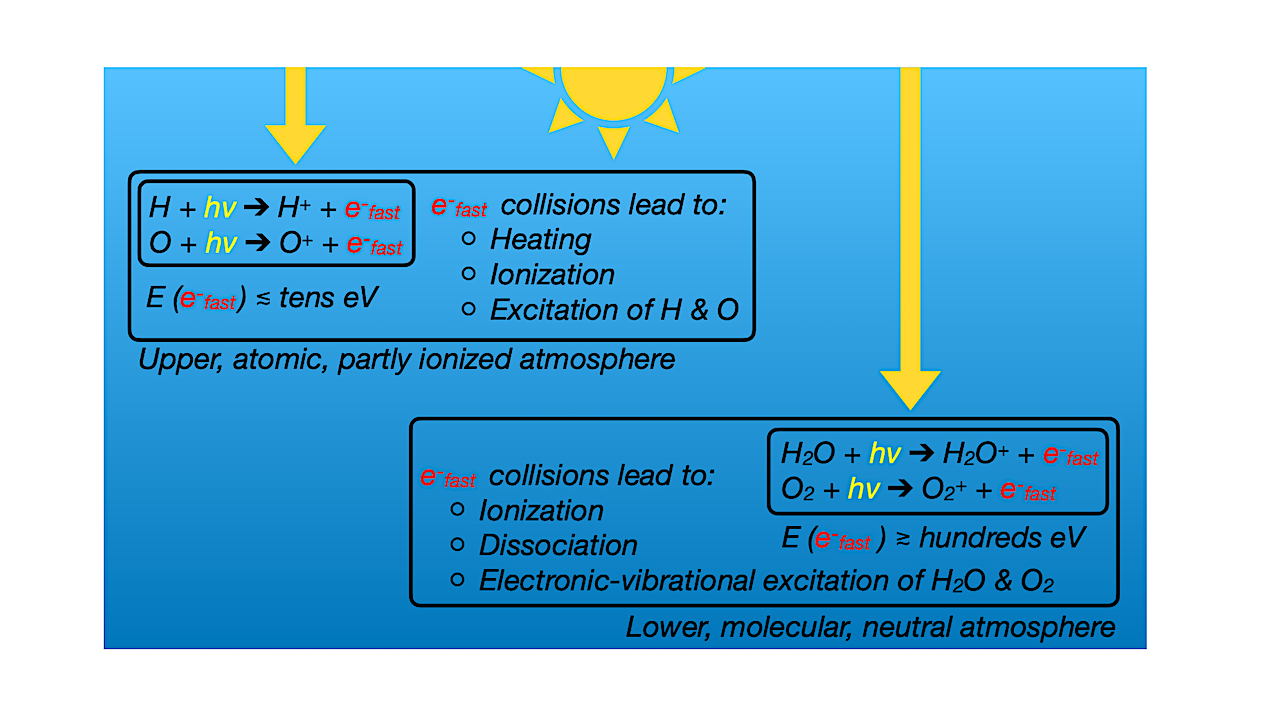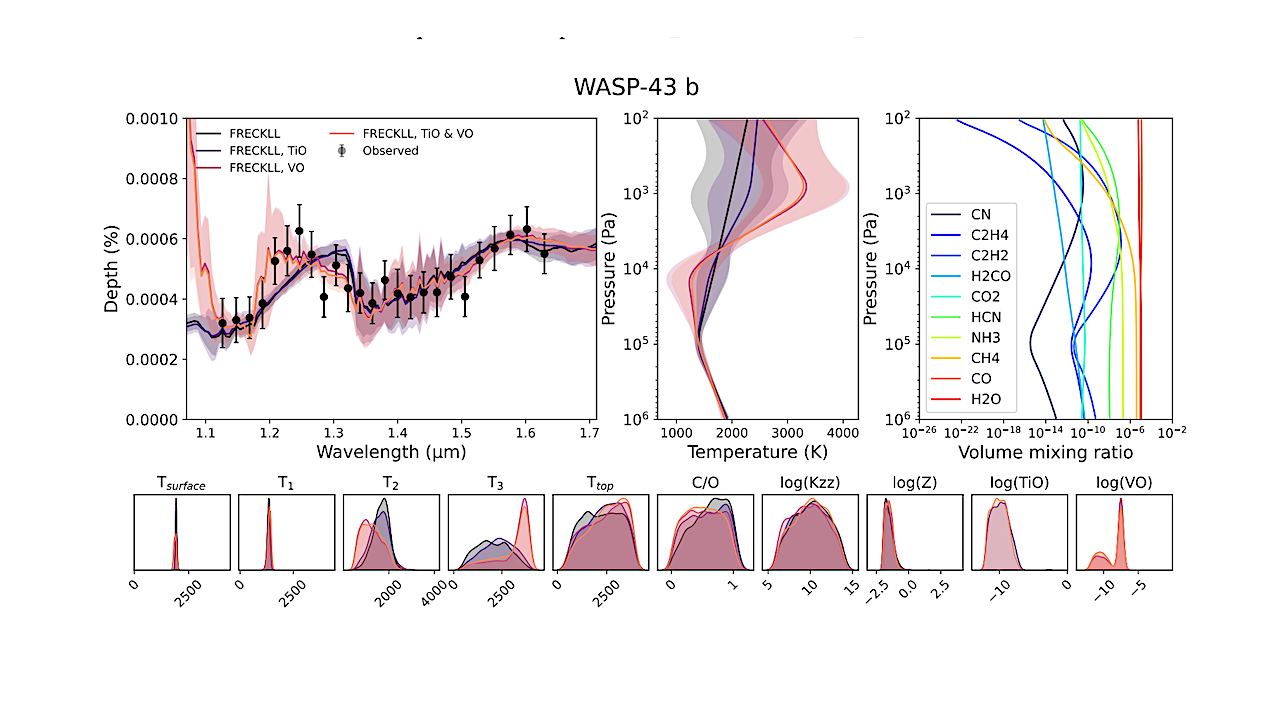Now Reading: Summer solstice 2025 is here! Today marks the longest day of the year for the Northern Hemisphere
-
01
Summer solstice 2025 is here! Today marks the longest day of the year for the Northern Hemisphere
Summer solstice 2025 is here! Today marks the longest day of the year for the Northern Hemisphere

Sunlovers rejoice, for the summer solstice is upon us, bringing the longest day of 2025 while heralding the beginning of astronomical summer in the northern hemisphere.
The summer solstice occurs because of a 23.5 degree tilt in Earth‘s rotational axis that may have arisen when an ancient Mars-sized body slammed into our planet billions of years ago, triggering the formation of our moon. The angle of this tilt is — to all intents and purposes — consistent all year round, and is currently fixed with the north celestial pole pointing close to Polaris, the current north star.
Thanks to this tilt, we experience the changing seasons, equinoxes and solstices — events that have been celebrated by cultures around the world for thousands of years. Some of humanity’s most iconic ancient monuments like Stonehenge and the Mayan Chichén Itzá Pyramid were purpose built to align with these seasonal markers.
In the northern hemisphere the summer solstice occurs when the sun reaches its northernmost point relative to Earth’s celestial equator (which is simply our planet’s regular equator projected out into space). Conversely, the winter solstice takes place when the sun is in its southernmost position relative to the celestial equator.

When is the Summer Solstice in 2025?
The 2025 summer solstice arrives at 10:42 p.m. EDT on June 20 (0242 GMT June 21). On this day, skywatchers across the northern hemisphere will enjoy the longest stretch of daylight all year. In New York, for example, the sun will spend more than 15 hours beating a path through the sky.
At the same time, those in the southern hemisphere will mark the winter solstice, which heralds the shortest day of 2025 below the equator. You can calculate exactly how much daylight you will experience in the days around the summer and winter solstices online using TimeandDate.com‘s daylight tracker.

Naturally this amount of sunlight makes it a challenging time of year for amateur astronomers, but that doesn’t mean that the summer months aren’t bursting with deep space targets and beautiful asterisms.
Be sure to check out our daily guide to June’s night sky to discover which targets to prioritize during those short summer nights.
Editor’s Note: If you find a creative way to capture the Summer Solstice and want to share it with Space.com’s readers, then please send your photo(s), comments, and your name and location to spacephotos@space.com.
Stay Informed With the Latest & Most Important News
-
 012024 in Review: Highlights from NASA in Silicon Valley
012024 in Review: Highlights from NASA in Silicon Valley -
 02Panasonic Leica Summilux DG 15mm f/1.7 ASPH review
02Panasonic Leica Summilux DG 15mm f/1.7 ASPH review -
 03How New NASA, India Earth Satellite NISAR Will See Earth
03How New NASA, India Earth Satellite NISAR Will See Earth -
 04And Thus Begins A New Year For Life On Earth
04And Thus Begins A New Year For Life On Earth -
 05Astronomy Activation Ambassadors: A New Era
05Astronomy Activation Ambassadors: A New Era -
06SpaceX launch surge helps set new global launch record in 2024
-
 07Space Force plans new ‘Futures Command’ amid pressure to speed up modernization
07Space Force plans new ‘Futures Command’ amid pressure to speed up modernization




















